
1910 - 2012
Dorothea Tanning
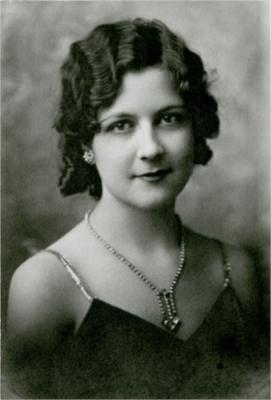
description
An American Swedish-born artist who worked with her spouse M. Ernst in France for thirty years. Dorothea Tanning, a prominent representative of surrealism, is famous in Europe and the USA as not only an artist, but also as a sculptor and graphic artist, a book designer and set designer, as well as an author of significant literary works.
All the works of D. Tanning – from painting and sculpture to poetry – deeply influenced the next generations of artists. The investigations and examples of so called «female form of art» were frequently used by the members of the feminist movement. Along with other surrealist women, Tanning provided the necessary active model for women who also tried to get free from limited opinion and become independent artists. It is noteworthy that her experiments in sculpture influenced the creative career of Louise Bourgeois, and Sara Lucas, who showed the same intense interest in the basic psychedelic ideas of Surrealism.
The 100th anniversary of the artist was celebrated with numerous exhibitions around the world, in particular, early projects for the stage in the Drawing Center in New York, paintings in the Galerie Bel’Art, Stockholm, Sweden, and the exposition «Happy Birthday Dorothea Tanning» in the Max Ernst Museum in Seillans, France.
Paintings and sculptures of Dorothea Tanning are presented in leading museums and galleries in Europe and the USA and are highly valued at art auctions.
Key ideas:
– Tanning was a naturally talented self-taught artist; she studied, apart from several weeks at the Chicago Art Institute, by visiting museums and galleries and communicating with colleagues.
– Like those of other Surrealists, especially Magritte and Dali, Tanning’s paintings are often direct illustrations of her dreams. She sought to make a complex psychology visible, revealed a special interest in the unconscious, experienced through sleep. She depicted at least one figure with closed or blindfolded eyes in almost each painting.
– Tanning’s painting is characterized by seething progressive energy. Her passion for dynamism, as she thought, was due to the fact that she was born during a terrible storm. Her interest in the constant movement is also a reference to the ideology of the Italian Futurists. Even fabric folds often helped the artist emphasize the flow of painting.
– In the 1950s, the art of Tanning underwent a considerable stylistic shift. Before her paintings were filled with fabulous figurative landscapes; now they became almost fully abstract. The author herself shrewdly said about these changes that her canvases «literally split up», she said, «I broke the mirror».
– Sexual energy pulsates in many of the artist’s works, both in painting and in sculpture. Clothes on young girls are unbutonned or look disheveled; their gorgeous hair gets independent life; this results in the fact that the line between innocence and experience becomes blurred.
1910
1930
1936
1943
1946
1949
1952
1959
1974
1980
1986
2010
2012
The birth of the artist
She moved to Chicago and began to study painting and drawing

In New York, she discovered contemporary art for herself
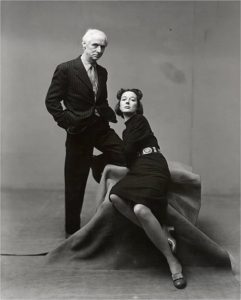
“31 Women”

Married M. Ernst

“The Seven Spectral Hazards”

The first exhibition of the artist in Paris
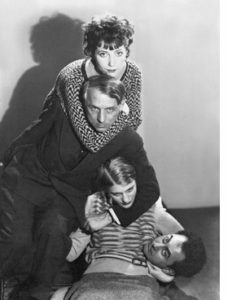
Her paintings were exhibited at the second Documenta exhibition in Kassel

The large retrospective of the artist's works

Returned to New York
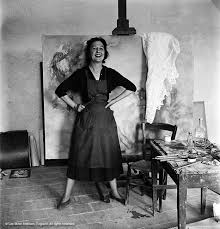
Published her memoirs "Birthday"
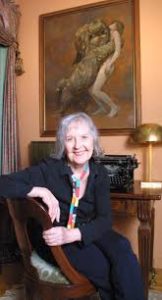
The 100th anniversary of the artist
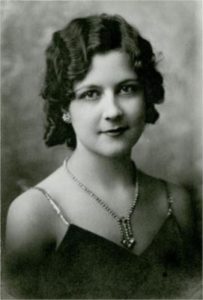
The death of the artist

